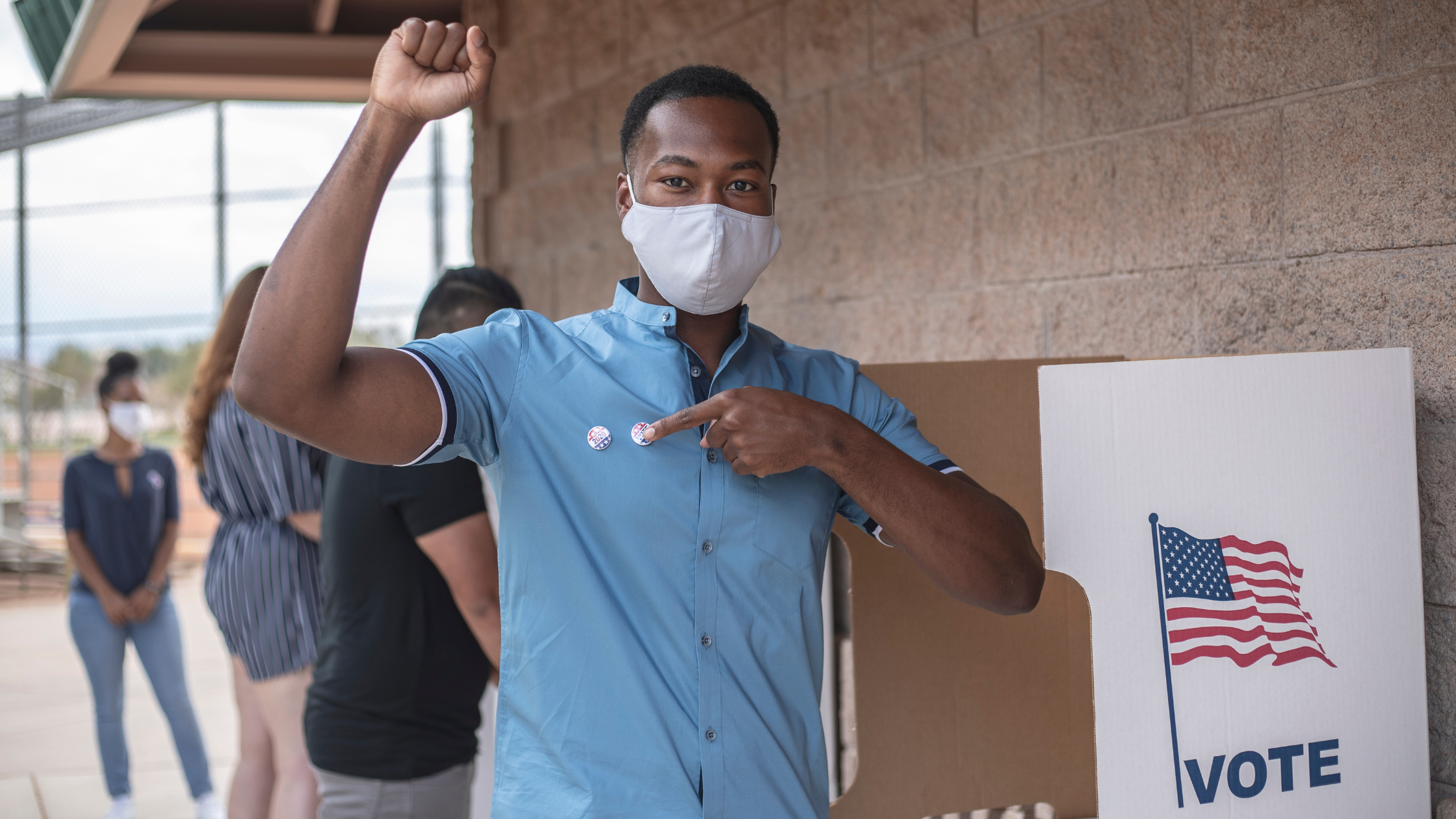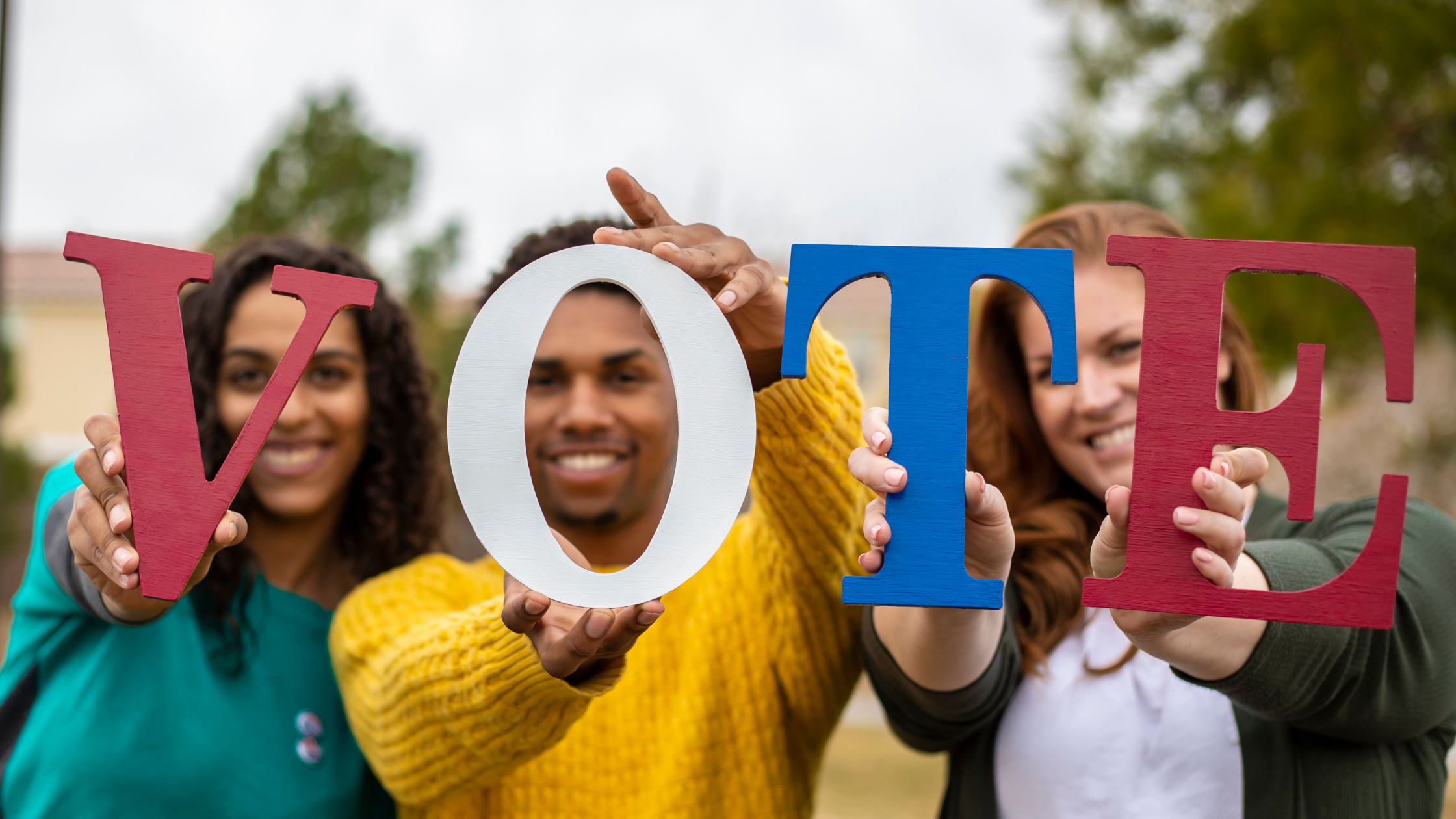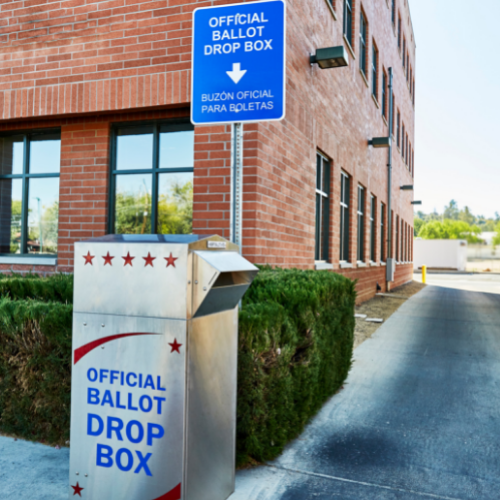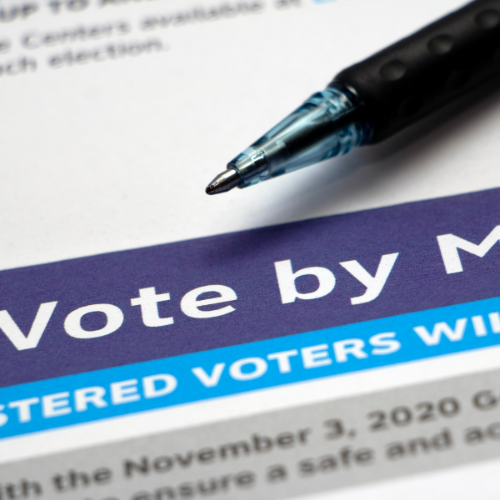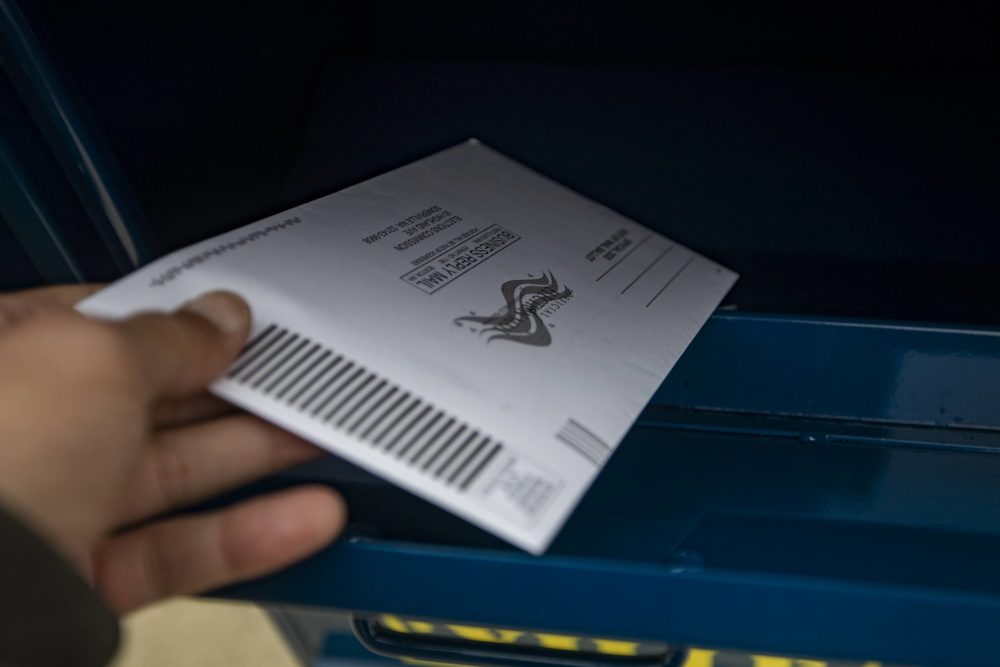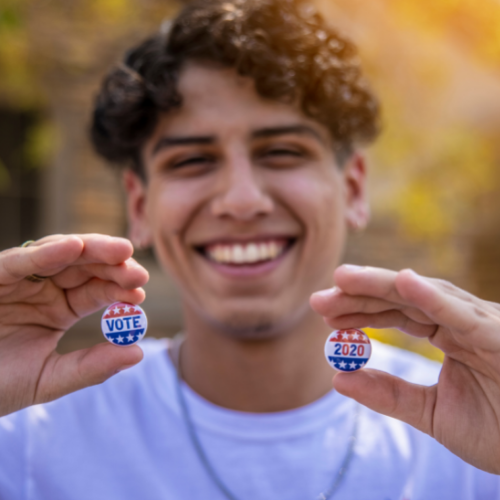Boston Globe — The state Senate on Tuesday voted 28 to 6 in favor of the Let RI Vote Act, which would permanently adopt measures used in 2020 during the pandemic, such as eliminating notary or witness requirements for mail ballots.
Vote by Mail in 2020 and Our Collective Opportunity in 2022
“The 2020 elections presented unique challenges and opportunities that fueled a meteoric rise in the use of vote-by-mail (VBM). Since the 1800s, absentee ballots by mail have been part of our democracy. For most of that history, voters were typically required to provide an excuse for casting an absentee ballot. But in the 1980s, California introduced an expansive policy that opened VBM to all voters. By 2016, 27 states adopted a similar voting policy. By 2020, hastened by the COVID-19 pandemic, 34 states allowed voters to request mail ballots without providing an excuse. Deliver My Vote Education Fund (DMVEF) examined VBM trends in five key states (Florida, Michigan, Pennsylvania, Georgia, and Wisconsin) from 2016 to 2020 to understand this massive shift in VBM use. Voters of all backgrounds embraced VBM as a safe way to vote during the pandemic, while also realizing the remarkable convenience.”
Prepaid Postage Using Pre-stamped Envelopes to Affect Turnout Costs
Research on the effects of prepaid postage on voter participation in Switzerland found a modest increase in turnout between 1.1 and 1.3 percentage points.
Disability and Voting Access Policies in 2020
Many states made policy changes to make it easier to vote in 2020 due to the pandemic, while some states had already provided increased voting access after the 2016 elections. This fact sheet outlines those changes.
State-by-State 2020 Youth Voter Turnout: The Northeast
From the Center for Information and Research On Civic Learning and Engagement:
Our final analysis of statewide youth voter turnout by region examines the electoral participation in young people in nine Eastern and Northeastern states. Key takeaways from this group of states include:
- New Jersey had the highest youth voter turnout in the nation: 67%.
- Despite being the only major swing state in the region, Pennsylvania had a similar youth voter turnout rate (54%) to other states in the East and Northeast. Perhaps relatedly, it’s the only state in the region (for which we have turnout data) without either pre-registration or automatic voter registration.
- Vermont and New Jersey which implemented full vote by mail programs in which they automatically sent ballots to every voter, saw the biggest increases in youth voter turnout compared to 2016: rising by 12 and 22 percentage points, respectively.
America Goes to the Polls 2020
In an historic year for voter turnout, 2020 also underscored the power and importance of mailed-out ballots. In the top 10 states for highest turnout among eligible voters, half are full vote-at-home states. The remaining five states implemented same-day registration and put temporary policies in place making it easier to access a mail ballot. Conversely, the bottom 10 states cut off voter registration four weeks before Election Day and enforced excuse requirements for mail ballots.
National Data on the Impact of Mail Voting on the 2020 Presidential Election
BallotTrax, which offers a mail ballot locator and notification system, found that BallotTrax users nationwide saw a greater than 20% increase in voter turnout during the 2020 presidential election.
How Greater Mail Voting Influences California Voter Turnout
Researchers explore the effects of California’s Voter’s Choice Act (VCA), a reform adopted by 15 counties at the time that implements vote-by-mail countywide, on voter turnout. Findings indicate that, in general, turnout is higher in VCA counties.
Participatory and Partisan Impacts of Mandatory Vote at Home
This research explores the effect of vote-by-mail on electoral outcomes by using historical nationwide county-level data between 1992-2018 as well as 40 million individual-level voter records from Washington and Utah – both full vote-at-home states. The research finds a positive effect on turnout, with no discernable partisan advantage.
Universal Vote-By-Mail Has No Impact on Partisan Turnout or Vote Share
From the authors: “In response to COVID-19, many scholars and policymakers are urging the United States to expand voting-by-mail programs to safeguard the electoral process, but there are concerns that such a policy could favor one party over the other. We estimate the effects of universal vote-by-mail, a policy under which every voter is mailed a ballot in advance of the election, on partisan election outcomes. We find that universal vote-by-mail does not affect either party’s share of turnout or either party’s vote share. These conclusions support the conventional wisdom of election administration experts and contradict many popular claims in the media. Our results imply that the partisan outcomes of vote-by-mail elections closely resemble in-person elections, at least in normal times.”


